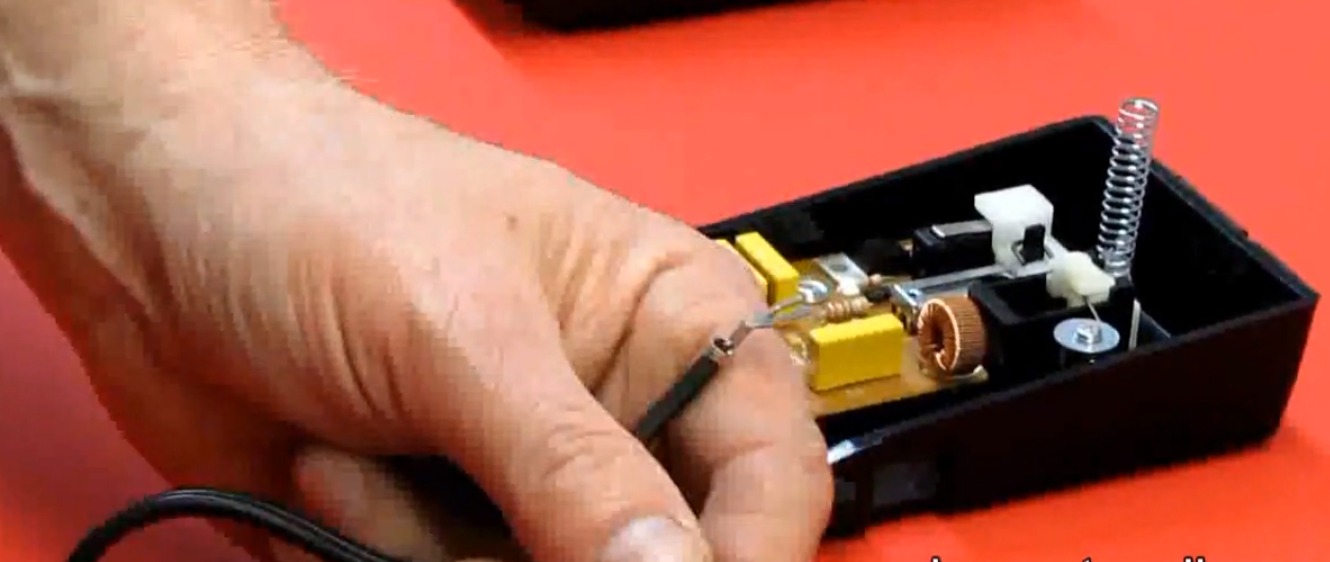Repair a sewing machine
Learn basic sewing machine repair: clean lint, oil moving parts, replace the needle, and adjust tension with adult supervision to restore stitching.



Step-by-step guide to repair a sewing machine
Sewing Safety Tips
Step 1
Unplug the sewing machine and switch the power off so the machine is completely dead.
Step 2
Turn the handwheel toward you until the needle is at its highest position so things are easy to reach.
Step 3
Lift the presser foot lever to raise the presser foot out of the way.
Step 4
Remove the top thread spool and cut away any loose top threads so the path is clear.
Step 5
Loosen the needle clamp and pull the old needle straight down then put the old needle in the small dish.
Step 6
Remove the presser foot and place it in the small dish to keep it safe.
Step 7
Use the small screwdriver to unscrew the throat plate then lift the plate off and put the screws in the small dish.
Step 8
Take out the bobbin and the bobbin case and set them in the small dish.
Step 9
Sweep lint and loose threads from the bobbin area and the feed dogs using the small soft brush.
Step 10
Use tweezers to pull out any stubborn threads or fuzz from tight spots and corners.
Step 11
With adult help put one small drop of sewing machine oil on the hook race and on metal moving joints then slowly turn the handwheel two full turns to spread the oil and reassemble the bobbin case and throat plate and insert the new needle and tighten its clamp and reattach the presser foot and rethread the machine and draw up the bobbin thread and sew test stitches on scrap fabric adjusting the tension until the stitch looks even.
Step 12
Share your repaired sewing machine and what you learned on DIY.org.
Final steps
You're almost there! Complete all the steps, bring your creation to life, post it, and conquer the challenge!


Help!?
What can we use if we don't have the small dish, small soft brush, small screwdriver, sewing machine oil, or tweezers listed in the instructions?
Use an egg-carton section or ice-cube tray to hold screws and parts instead of the small dish, a clean soft toothbrush or small paintbrush for the small soft brush, a jeweler's/precision screwdriver for the small screwdriver, clear lightweight sewing-machine or 3-in-1 machine oil (never cooking oil) for sewing machine oil, and long-nose tweezers or needle-nose pliers in place of tweezers.
After following the steps my machine still skips stitches — what should I check or redo?
Make sure the new needle is inserted all the way and tightened with the needle clamp, the bobbin and bobbin case are seated correctly, lint was fully removed from the bobbin area and feed dogs with the small soft brush and tweezers, then rethread and sew test stitches on scrap fabric while adjusting the tension.
How can I adapt the repair steps for different ages so it's safe and fun for kids?
For younger children let an adult handle unplugging, loosening screws, removing the throat plate, and oiling while the child sorts screws into the small dish, brushes lint, and hands tools, and for older kids let them do reassembly, insert the new needle, rethread, draw up the bobbin thread, and adjust tension under supervision.
What are simple ways to extend or personalize this sewing machine repair activity?
Turn the repair into a mini-project by photographing steps for a repair log to post on DIY.org, decorating or labeling the small dish and screw spots, and testing different tension settings by sewing a variety of scrap fabrics to compare stitch results.
Watch videos on how to repair a sewing machine
How can I learn how to service and repair sewing machines?!
Facts about sewing machine maintenance
🪡 Change your sewing machine needle after about 8 hours of sewing or as soon as it bends, skips, or makes strange noises.
🔧 If stitches loop on the top, the top tension is probably too loose; if loops appear on the bottom, check bobbin tension.
🧽 Lint and fuzzy thread buildup around the bobbin area is a top cause of jams — a small brush can save the day.
🛢️ Only a drop or two of sewing machine oil is needed at moving parts — too much oil can stain fabric and attract more lint.
🧵 Sewing machines were invented in the 19th century and modern machines can sew hundreds of stitches per minute!
How do I teach my child to repair a sewing machine safely and restore stitching?
What materials and tools do we need to repair a sewing machine with a child?
What ages is basic sewing machine repair suitable for with adult supervision?
What are the safety tips and benefits of involving kids in sewing machine repair?


One subscription, many ways to play and learn.
Only $6.99 after trial. No credit card required


